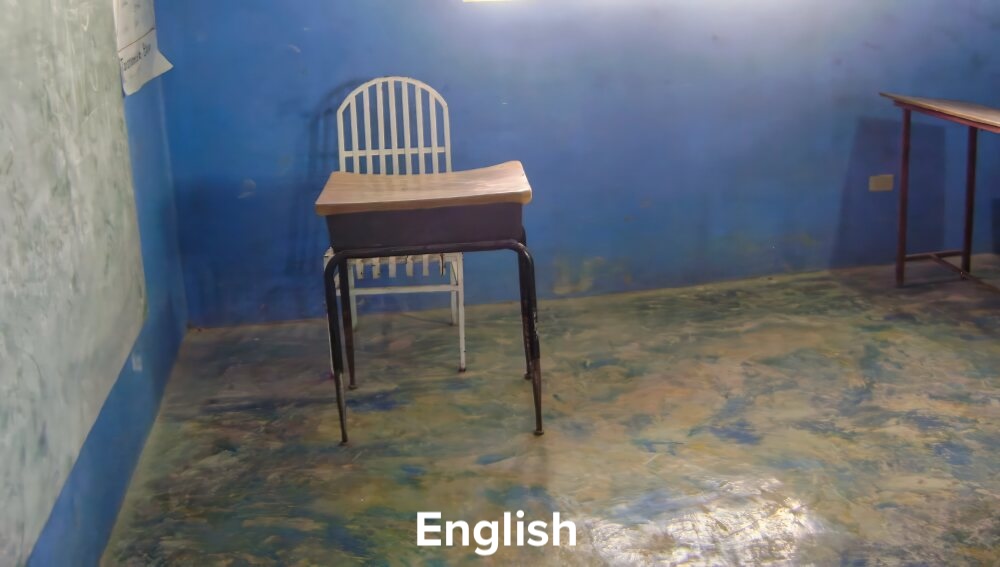Becoming a More Effective Teacher – English
Original price was: $120.00.$0.00Current price is: $0.00.
Six weeks, one module per week
Affordable Course Content (ACC) provided at no cost to learners through generous donations.
Description
"Becoming a More Effective Teacher" is a free of cost, online, asynchronous course that facilitates professional growth and collaboration among peers.
Frequently Asked Questions
Online course fees are funded by committed donors to reduce barriers to access high quality professional development for teachers and school leaders. The monetary value of this course is $120USD.
However, we recognize that everything comes at a cost. Your investment as a learner requires:
Time - Once enrolled, you will have access to this course for six weeks.
Technology – You must secure a reliable internet connection to work through the course.
Course Description
Module 1: Role of the Teacher
Module 2: Planning a School Day
Module 3: Multiple Intelligences
Module 4: Differentiating Instruction
Module 5: Bloom’s Taxonomy
Module 6: Assessment
This course is also available in:
Sample
Testimonials
Empower more learners with knowledge
We believe in trained teachers and school leaders! We strive to make this course accessible because of a deep respect for culture, an understanding of the context in which educators work, and a sincere desire to become more effective with colleagues to improve classroom instruction and a student’s learning environment.
Join our vision to transform classroom instruction as we seek to train thousands of underserved teachers and school leaders. If you are connected to an organization or government, TTT would be honored to partner with you to make this course open to all!
Enrollment policy
Limit one six-week enrollment per individual
To increase mastery of the course, TTT requires enrolling in one course at a time.
Learners will be automatically unenrolled from the course after 14 days of inactivity.
Copyright © 2024 by Teaching Training Together. All rights reserved.
No Unauthorized Sharing: Do not share course materials, resources, or access credentials with individuals outside the course. Respect the copyright and intellectual property rights of the course content.




